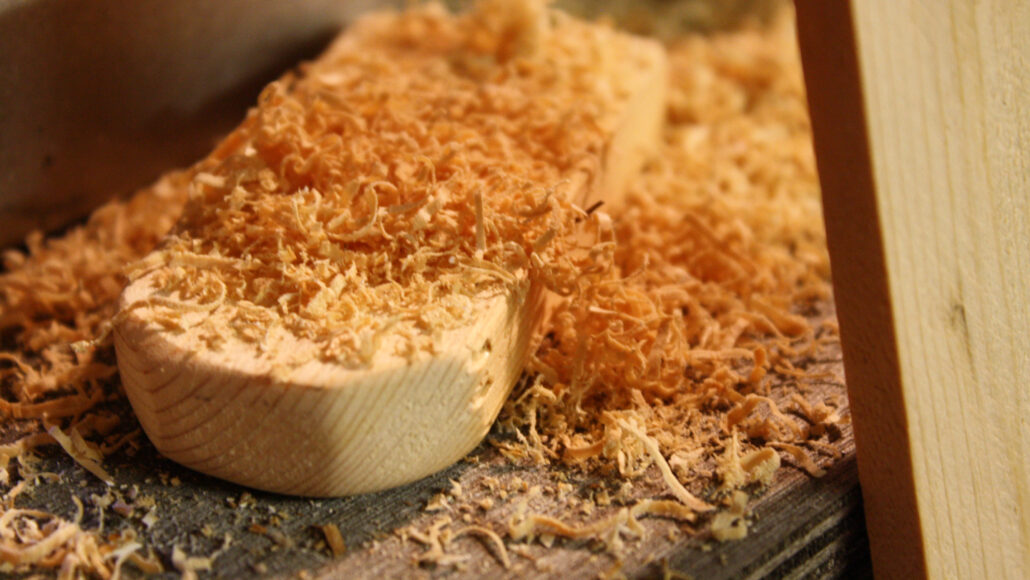Questions for ‘A disinfectant made from sawdust knocks out deadly microbes’

Some disinfectants rely on a chemical called phenol or similar compounds to kill germs. Sawdust waste may provide a greener source of these substances.
jypsygen/flickr (CC BY-NC-ND 2.0)
Share this:
- Share via email (Opens in new window) Email
- Click to share on Facebook (Opens in new window) Facebook
- Click to share on X (Opens in new window) X
- Click to share on Pinterest (Opens in new window) Pinterest
- Click to share on Reddit (Opens in new window) Reddit
- Share to Google Classroom (Opens in new window) Google Classroom
- Click to print (Opens in new window) Print
To accompany ‘A disinfectant made from sawdust knocks out deadly microbes’
SCIENCE
Before Reading:
- What is a “disinfectant?” How might a disinfectant be used to clean a sink? List five familiar disinfectant brands. After being used, where might disinfectants wind up? What might be some unintended impacts if disinfectants wind up in soil? What about if they end up in the ocean?
- As a class, discuss ways we reuse some waste products today. List five ways we reuse waste products. (For example, one way might be re-filling and reusing water bottles. Also, consider how different industries — such as the livestock and agriculture industries — might reuse waste products between themselves.)
- Imagine this scenario and discuss it as a class: Everyone on Earth suddenly stopped all reuse of waste products. How might our world change? How might our world look different after a week? How might our world look different after a year?
During Reading:
- What problem can occur when disinfectants we use today get washed down the drain? What is the name of the chemical upon which many potentially “greener” options rely?
- List the steps Shicheng Zhang and his team used to make their sawdust-based disinfectant.
- Identify three disease-causing agents against which this sawdust disinfectant was effective.
- How does Zhang suspect that molecules in wood’s cell walls gave rise to the disinfectant’s “phenol-like” compounds? Refer to the steps you listed in question #2 of the “During Reading” section. Which step likely gave rise to the phenol-like compounds?
- What did the team hope to learn by peering at the slain germs through a microscope? Identify one specific finding they made from this part of the study.
- What is meant by “circular economy,” based on what you read in the story?
After Reading:
- Regarding this study, Ian Scott says: “You’re trying to find some use for what would normally be considered waste.” Why do you think Scott thinks finding uses for waste may prove valuable? In your opinion, how important is it to find ways of reusing our waste products? Explain why you believe reusing wastes is worth the effort — or not.
- List three natural materials used in this study to produce phenol chemicals. Then list three materials not used in this study, but that might also give rise to phenols if processed in the same way. Which of these would you choose to study next, if you were a researcher? Explain why you picked that one.